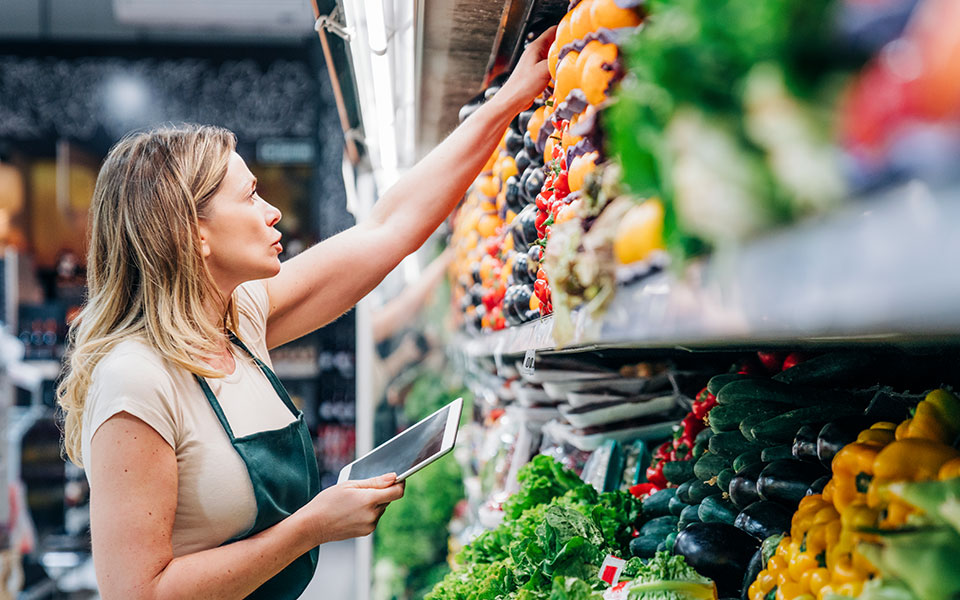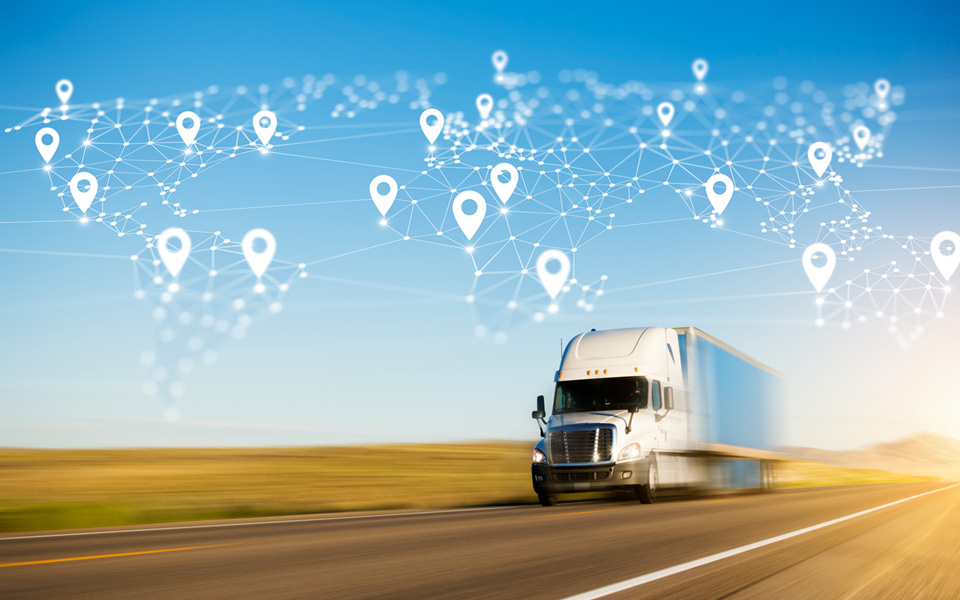*On June 1, 2023 Emerson’s Climate Technologies business became a new standalone company – Copeland. Though our name has changed, we are building on more than a century of HVACR innovation and industry leadership, and Copeland continues to offer the same products, industry stewardship, and learning opportunities you’ve grown to trust. Information found on this webpage posted before June 1, 2023 may contain our old name or branding, but you can be at ease knowing it was created with the knowledge and expertise of Copeland.
Accelerate America recently published an article about how the Internet of Things helped a New York- based supermarket, Price Chopper, facilitate data acquisition and operate more efficiently. This blog provides additional perspective on that article and the evolution from IoT to true digital transformation.

It’s nearly impossible to discuss best practices within the supermarket industry without bringing up the subject of the Internet of Things (IoT). The IoT is a network of electronically connected systems and devices (refrigeration cases, ovens and other facility systems) enabling cross-platform data sharing through embedded electronics, sensors, software and network connectivity.
IoT-connected facility technologies can remotely monitor store equipment which, in turn, provides system data and equipment analysis. This can then be used to generate reports and create an operationally efficient ecosystem of devices and machinery.
Initially, these connected technologies were used to set up operating alerts and alarms that indicated system faults or equipment failure. Then, after more sophisticated sensors and controllers were engineered, the focus shifted to advanced analytics, which allow facility managers to predict system failures and other problems hours or even days in advance. As a result, retailers have improved system reliability and energy efficiencies while preventing costly equipment failures.
Beyond facility and asset management, IoT-based technologies are applied every day throughout the food supply and distribution chain. From the farm through processing, transportation, distribution and — ultimately — retail outlets, a broad range of connected technologies helps extend and ensure food safety. They validate and manage temperature, humidity and other conditions, track transportation time and location, automate record-keeping and improve other handling processes. This sophisticated cold chain management helps maintain fresh food to the point of consumption, reduces food waste, improves food safety, and drives compliance with the Food Safety Modernization Act (FSMA) and other regulations.
Now, the challenge is to move from the functional benefits of IoT to the true digital transformation of businesses. In this emerging state, businesses rely on IoT as a foundational element for rethinking and reinventing their processes, while also redesigning their physical presences.
Price Chopper, a supermarket chain based in Schenectady, N.Y., is a real-world example of how food retailers are engaging in this transition. An early adopter of IoT solutions, Price Chopper installed electronic expansion valves (EEVs) on its case controllers, then deployed multiple temperature, pressure and valve sensors to gather data on EEVs, defrost, lighting and fans. The data revealed opportunities for energy optimization and provided Price Chopper’s facility managers with performance insights to predictive analytics.
The success of this effort prompted Price Chopper to install sensors in every energy-consuming load in its stores — including refrigeration, lighting, ovens and ventilation systems — and link them to a building control system. The initiative produced a tremendous amount of data, which allowed managers to fully optimize energy efficiency while quickly alerting them of servicing leaks and other malfunctions.
Executive leaders at Price Chopper have indicated that they’re planning to extend their IoT initiatives with the goal of meeting the organization’s other operational objectives.
To learn more about how supermarkets are leveraging the power of IoT, read the full article here on pages 26–27.
As you read the article, think about how foundational IoT can enable a reinvented approach to the grocery environment: transforming consumers’ shopping experiences, building customer loyalty and creating new business opportunities. Can facility and system data be consolidated with and correlated to other information within the retailer’s domain? If so, how could that be used to create new operational insights and profit opportunities? What data can be harvested from food’s long journey to stores, combined with store traffic information, and blended together with consumer preferences or menu trends to attract shoppers more frequently to their favorite retailer?
Those are among the possibilities as we move from foundational IoT to true digital transformation of retail.

8 proven strategies for rigorous cold chain management
Preparing for the approval and safe use of A2Ls in commercial refrigeration applications...
Protection for high-value shipments just got even better
We’re excited to announce the release of Copeland’s newest real-time tracker, the GO Real-Time...

Three proven strategies to prevent cargo theft
The over-the-road (OTR) transport industry is experiencing a surge in cargo thefts. As thieves...
